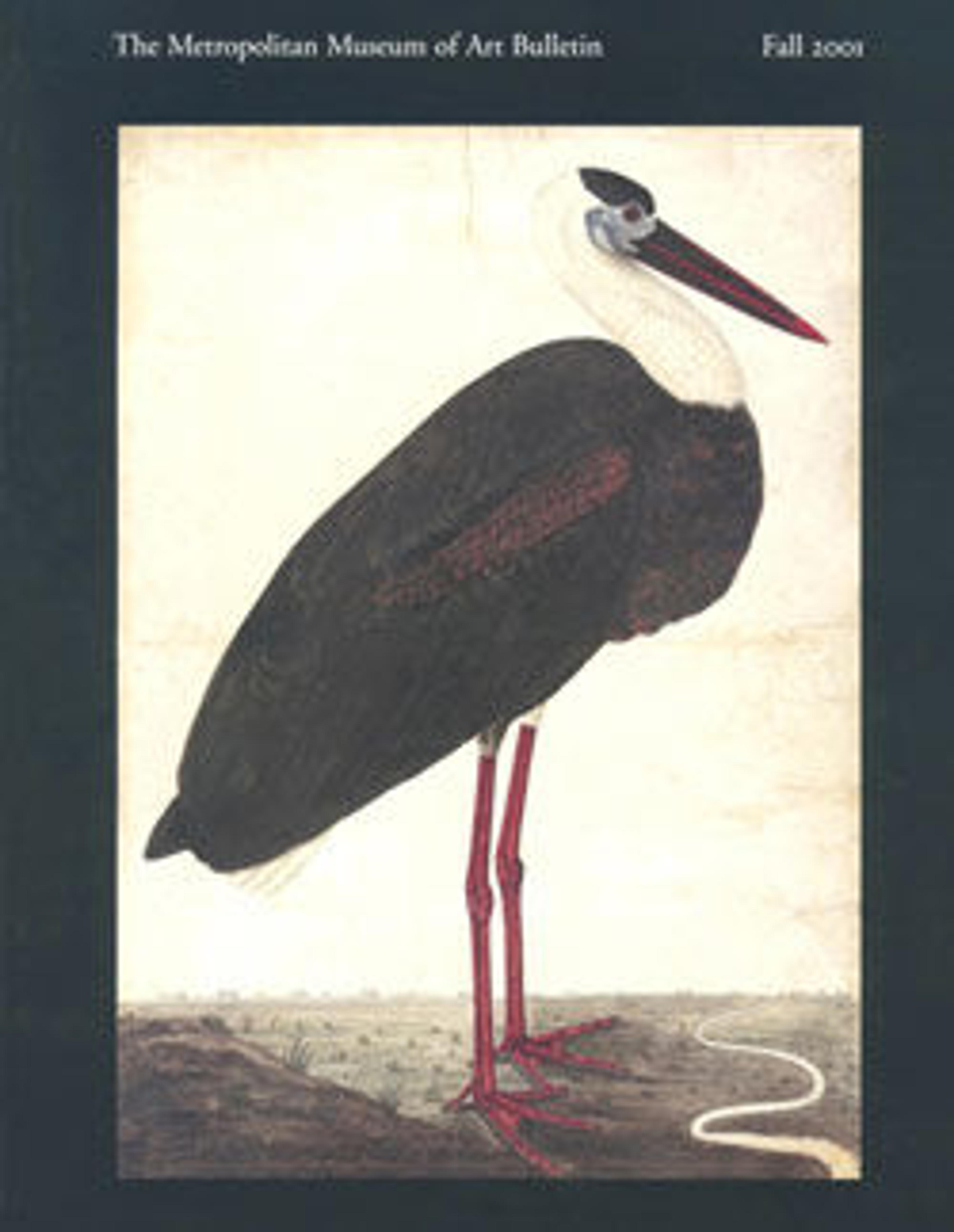Vase with vines
Stoneware was the preferred medium for many of the ceramic artists working in France in the decades around 1900. It was more durable than earthenware and easier to work than porcelain, which was far less pliable. Furthermore, the temperatures at which stoneware was fired allowed for spectacular glazing effects. Edmond Lachenal and his pupil Emile Decoeur were two of the many French ceramicists who learned to exploit the somewhat random and unpredictable qualities of stoneware glazes, which could produce highly mottled surfaces with pronounced variations of color and texture.
The complex and seemingly uncontrolled aspect of many of these glazes made them particularly appropriate for vessels in the Art Nouveau style, such as this example, in which naturalistic forms and asymmetry often prevailed. In this vase by Decoeur, the organic quality imparted by the sinuous, tendril-like handles is reinforced by the richly mottled glaze, in which purples merge into grays of varying intensity. Despite the subtle sculptural quality of the vase, the glaze rather than the form creates the primary aesthetic impact.
The complex and seemingly uncontrolled aspect of many of these glazes made them particularly appropriate for vessels in the Art Nouveau style, such as this example, in which naturalistic forms and asymmetry often prevailed. In this vase by Decoeur, the organic quality imparted by the sinuous, tendril-like handles is reinforced by the richly mottled glaze, in which purples merge into grays of varying intensity. Despite the subtle sculptural quality of the vase, the glaze rather than the form creates the primary aesthetic impact.
Artwork Details
- Title:Vase with vines
- Maker:Emile Decoeur (French, 1876–1953)
- Maker:in collaboration with Edmond Lachenal (French, 1855–1948)
- Date:ca. 1900–05
- Culture:French, Châtillon-sous-Bagneux
- Medium:Glazed stoneware
- Dimensions:Height: 10 3/4 in. (27.3 cm)
- Classification:Ceramics-Pottery
- Credit Line:Purchase, The Charles E. Sampson Memorial Fund, 2001
- Object Number:2001.92
- Curatorial Department: European Sculpture and Decorative Arts
More Artwork
Research Resources
The Met provides unparalleled resources for research and welcomes an international community of students and scholars. The Met's Open Access API is where creators and researchers can connect to the The Met collection. Open Access data and public domain images are available for unrestricted commercial and noncommercial use without permission or fee.
To request images under copyright and other restrictions, please use this Image Request form.
Feedback
We continue to research and examine historical and cultural context for objects in The Met collection. If you have comments or questions about this object record, please contact us using the form below. The Museum looks forward to receiving your comments.
